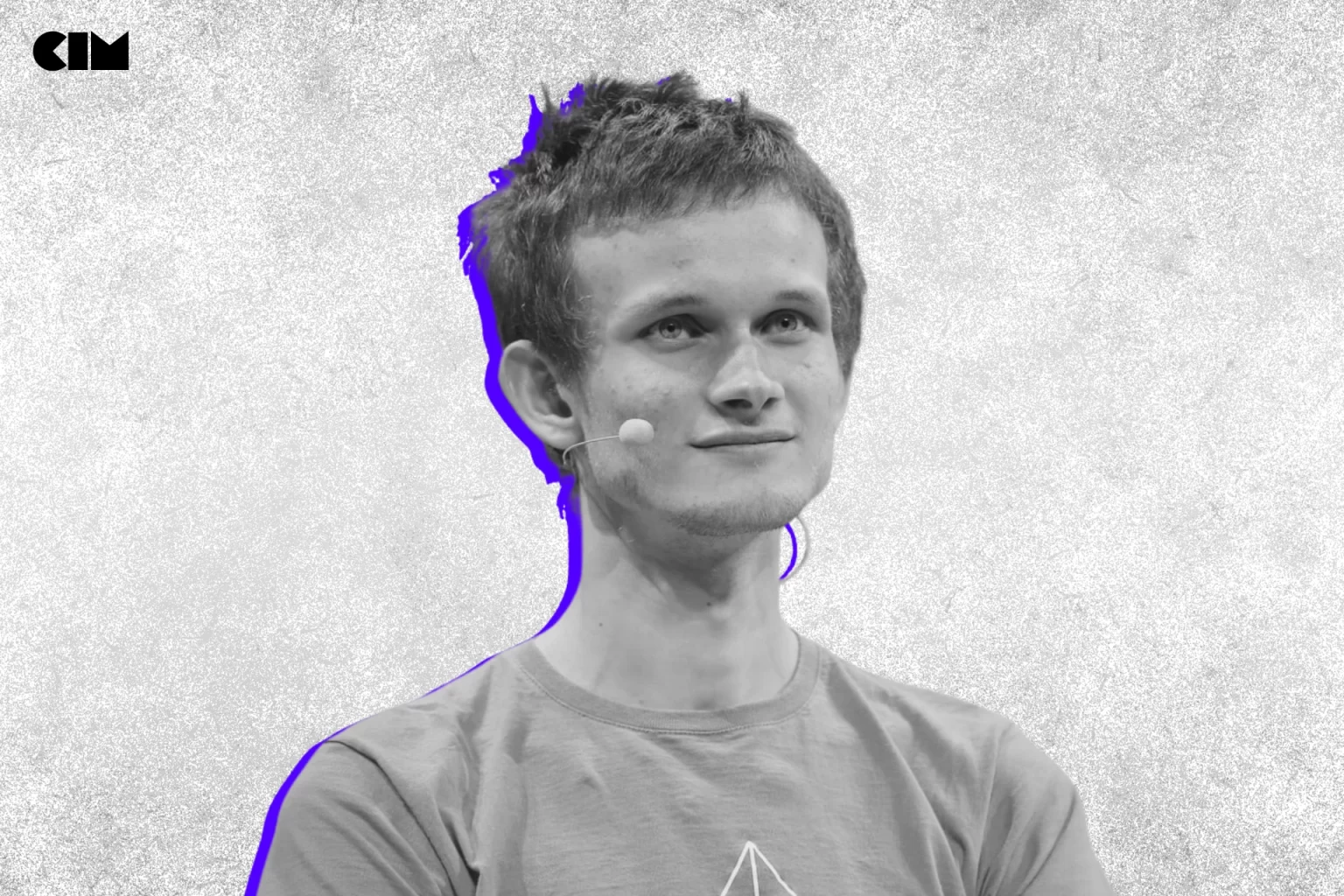QUICK BYTE
- Bitcoin mining difficulty surged by 6.2% on Tuesday, crossing the 100 trillion mark for the first time, following a record-breaking hash rate last week.
- The recent difficulty adjustment at block height 868,896 reflects an increasingly competitive environment for miners amid rising network demand.
Bitcoin mining difficulty hit a historic milestone on Tuesday, reaching over 100 trillion for the first time. This 6.2% increase came on the heels of a record seven-day moving average hash rate that exceeded 750 exahashes per second (EH/s) last week. At block height 868,896, the difficulty adjustment reached a peak of 101.7 trillion, surpassing the previous high of 95.7 trillion set just two weeks prior, as reported by blockchain explorer Mempool.
Bitcoin mining difficulty is a measure of how challenging it is to mine a new block relative to the easiest it could ever be. The system automatically adjusts every 2016 blocks, approximately every two weeks, to keep block discovery time close to ten minutes, irrespective of the number of active miners.
Prior to this adjustment, blocks were being mined faster than average, approximately every nine minutes and 27 seconds, as per Clark Moody’s dashboard. This elevated mining speed reflects the increased participation and computational power across the network, pushing the difficulty level upward.
The surge in mining difficulty corresponds to a new all-time high in Bitcoin’s hash rate, a metric that tracks the total computational power applied to the network. Last week, the network’s seven-day moving average hash rate reached 755.5 EH/s, crossing the 750 EH/s threshold for the first time, according to data from The Block.
The recent spike in difficulty and hash rate comes months after Bitcoin’s fourth halving on April 20, which halved block rewards from 6.25 BTC to 3.125 BTC. This event led to a significant revenue drop for miners, with the seven-day moving average revenue declining from $72.4 million on the halving day to between $25 million and $35 million in the following months.
For many miners, particularly those with higher energy costs or less efficient hardware, profitability has become increasingly challenging.
“Miners operating at high electricity costs of over 6 cents per kWh and lower efficiency machines are being pushed into negative profitability territories,” stated Ethan Vera, COO of Luxor Technology.
This increase in mining difficulty and hash rate highlights the competitive environment in the Bitcoin mining sector, with only the most efficient miners able to remain profitable amid heightened computational demands and reduced block rewards.




